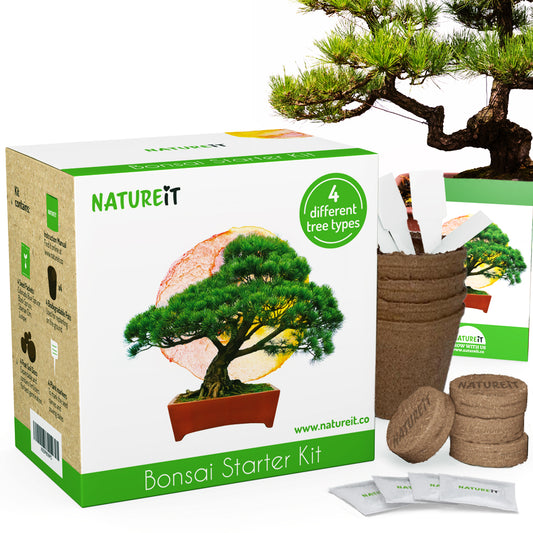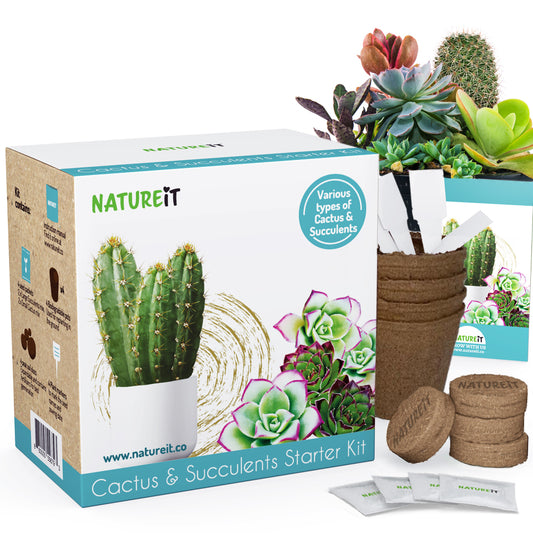Overwatering your bonsai plants can be just as detrimental as under watering them. When you overwater your plants, the roots can become waterlogged, leading to root rot and other problems. It's important to pay attention to the signs of overwatering and take steps to correct the problem before it becomes severe. Here are some signs to watch for:
-
Yellowing or wilting leaves: One of the first signs of overwatering is yellowing or wilting leaves. This can be a sign that the roots are not getting enough oxygen, as the excess water is filling up the spaces between the soil particles and preventing air from reaching the roots. If you notice yellowing or wilting leaves, it's a good idea to check the soil moisture level and reduce watering accordingly.
-
Stunted growth: Overwatering can also cause stunted growth in your bonsai plants. This is because the excess water can inhibit the absorption of nutrients, leading to a lack of energy and growth. If your plants are not growing as quickly as they should or seem to be stagnant, it's worth checking the soil moisture level to see if overwatering might be the problem.
-
Soft, mushy roots: Another sign of overwatering is soft, mushy roots. This is a clear indication of root rot, which is caused by the roots being submerged in water for too long. If you notice soft, mushy roots, it's important to take action immediately to save your plant.
-
Foul-smelling soil: If the soil in your bonsai pot starts to smell bad, it could be a sign of overwatering. The excess water can lead to the breakdown of organic matter in the soil, which can produce a foul smell. If you notice a bad smell coming from your bonsai pot, it's worth checking the soil moisture level and adjusting your watering habits accordingly.
-
Soggy soil: Another obvious sign of overwatering is soggy soil. If the soil in your bonsai pot is constantly wet and doesn't seem to dry out, it's a good indication that you are watering too much. In this case, it's important to allow the soil to dry out slightly between waterings and adjust your watering habits accordingly.
If you notice any of these signs of overwatering, it's important to take action to correct the problem. This may involve reducing the frequency of watering, using a well-draining soil mix, or repotting your bonsai in a pot with better drainage. By paying attention to the signs of overwatering and taking steps to correct the problem, you can help your bonsai plants thrive and stay healthy.





